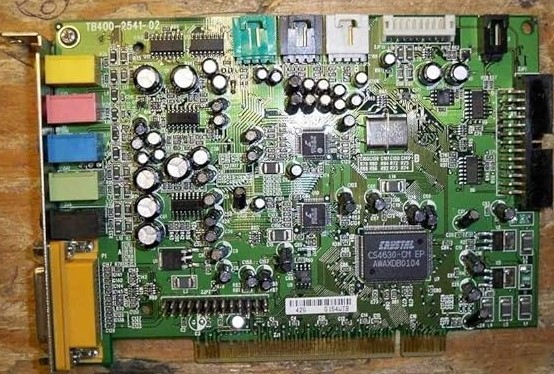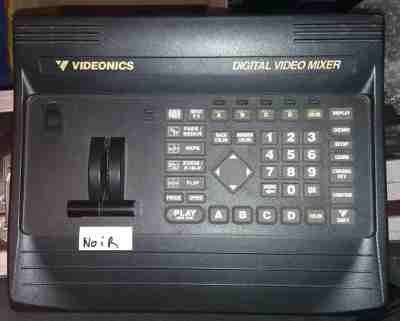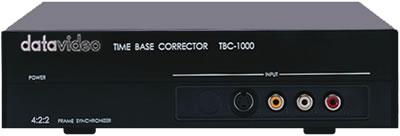
This VCR is one of the best on the market. Why? Because it has high quality decombing filters and denoising to make the picture look good!
But for some reason you don't like it, here are the JVC recommended VCR's from DigitalFAQ's VCR Buying Guide
There are more at VCR Buying List
-----------------------------------------------------------------------------------------------------------------

The ATI All In Wonder 9600 Pro is was a card made in the early 2000s. It had the capability to capture TV programs to your Windows XP computer.
The reason why this capture device is so good is that it doesn't mess with the colors. Like other capture devices. And doesn't compress video :)
This makes the whole thing go together. You might be wondering... Why don't I just use an Elgato or EasyCap using OBS with my family VCR. You are destroying family memories. Check your info and Yourself
-----------------------------------------------------------------------------------------------------------------

This is used for capturing audio from the VCR.
There are many models and such but I personally use the TB400 as shown in the picture.
You want to get a stereo to 3.5mm cable to capture the audio.
-------------------------------------------------------------------------------------------------------------
Next thing might be a new thing to you but
You might be wondering... What the hell is a Time Base Corrector(or TBC)
These comes in many different forms. Such as the


Here is an example of what it would look like without a TBC... Example
These can range up to 100 to 2000 dollars (USD).
There are alternatives however, like the Panasonic DMR15 Don't go buying it yet.
The Panasonic DMRES15 is a DVD recorder that acts like a TBC but it isn't a full frame TBC
The Videonics MX-1 and DataVideo TBC-1000 are just examples of them that won't give you dropped frames
Dropping frames while recording will suck because then your audio will be off by a couple of seconds. Which will be a pain in the ass to fix in a video editing program
But most of the time a DMRES15 will do a good job depending if your source is pretty good.
-----------------------------------------------------------------------------------------------------------------

This is probably the hardest part of the process. Getting a computer.
No need to worry though! I got your back (sorta)
You just need a decent PC :P
i5 or i3
8gb ram
2TB SSD (boot)
2TB HDD (capturing)
ATX Case
Compatible AGP slot Motherboard
PSU
┌───── •✧✧• ─────┐
-WINDOWS XP.....-
└───── •✧✧• ─────┘ --------------------------------------------------------------------------------------------------------------------
Here is what you want to do
↓

After this, we could move on to the next step :)
---------------------------------------------------------------------------------------------------------------------------------------------
You might be thinking... Yay! We can be done with this once and for all!
You are not out of the woods yet my friend. We need software and codecs :)
Upon booting up your computer and installing Windows XP you need Drivers!
You need to get drivers For the ATI AIW
You also need to get VirtualDub 1.9.11 capturing software.
--------------------------------------------------------------------------------------------------------------------------------------------
Upon booting up Virtualdub you are gonna see a blank white screen with options on the top.
On the top right, click file, then "Capture AVI"
Then it should show a black screen or nothing
Click on devices and then click Rage Theatre Capture

Then click on Audio then Audio Source and select your TBSC Audio Card
Then go to audio input and select Line in

Then click Video > Compression and select Huffy UV Lossless Codec

Now... Turn on the VCR, and TBC and insert a VHS tape
You should see a video playing and it should look like a normal video playback.
You are ready to capture! Select file then Capture AVI
You should have a file now. But we are still not done!
--------------------------------------------------------------------------------------------------
There are many ways to do this with tons of filters, and rabbit holes.
I will be ONLY telling you the easiest way to upscale deinterlacing
You WILL need a modern fast pc
After capturing, bring the HDD to your modern pc. Download VLC Media Player to view your video(s)
Download StaxRip
On the left, it should say QTGMC Medium or Interlaced. Click on it.
Click the box next to QTGMC Interlaced

And in the next to it, remove it and paste in this code
QTGMC(preset="Faster", InputType=0, ediThreads=8, AssumeTFF())
Or
QTGMC(preset="Faster", InputType=0, ediThreads=8, AssumeBFF())
I'll explain the second option in a little bit
Then go back to the main menu of StaxRip
Right click on Resize and click advanced then click on NNEDI3_rpow2
Then a new window should pop up... Click on 4
Another window will pop up. Click on LanczosResize
Then it should bring you back to the main menu of StaxRip
Here in the "Resize" box with the slider, Type in the first box 1440 and the second box 1080
Then in the box next to it... Click on the little "x265" on the left.
Click on "x264" In the menu
Then click on the ".MKV" on the right of the box and click "MP4 (mp4box"
Then in the text in the box right click on "Quality" and select Higher or Very High.
Then right click on "Preset" and select "Slow"
Then on the bottom "Audio" area... Click on "Copy/Mux" and change it to "MP3 - 165 KPS"
Then click on file and click "Save Project as Template" and now you can import your .AVI file
Now click on the "Preview" Button on the top. And go through some frames If its choppy right click on QTGMC and paste in the second option
Click on "Add Job" or "Accept/Next" then click "Start Job".. Let it finish and now your completed work is ready.